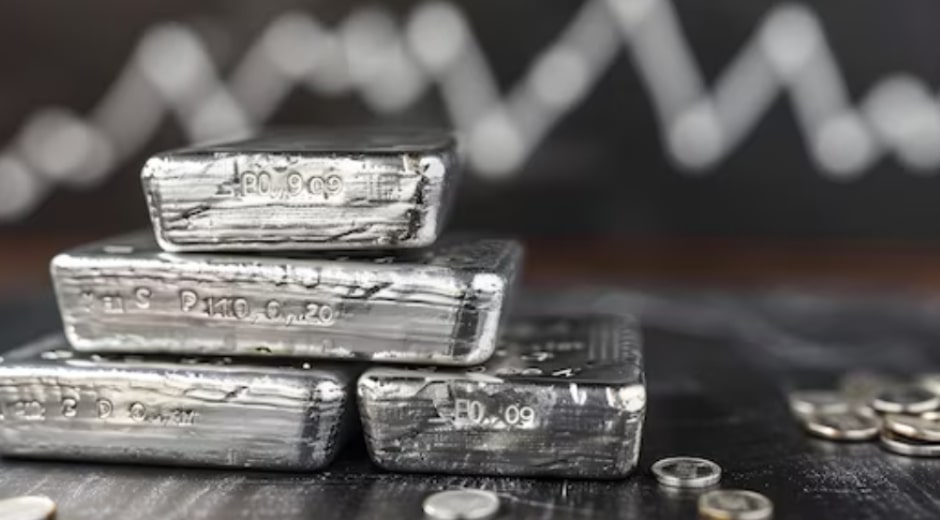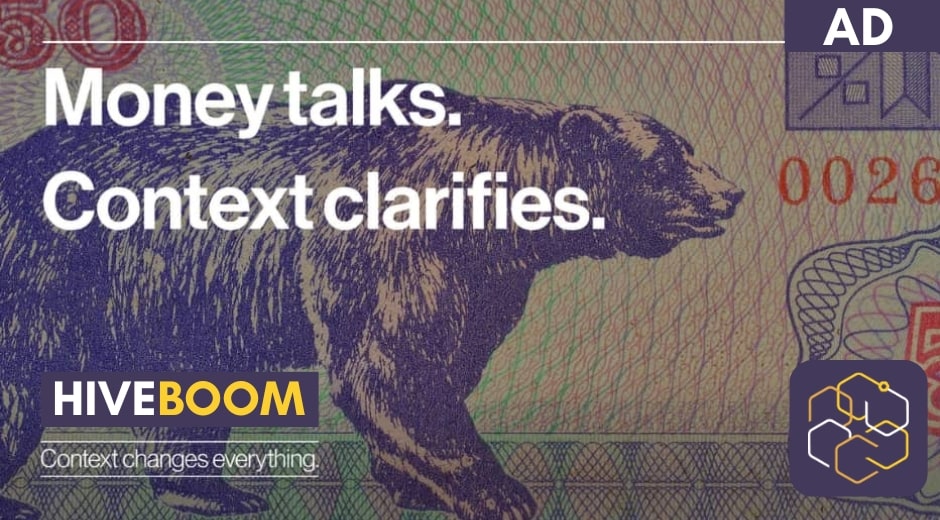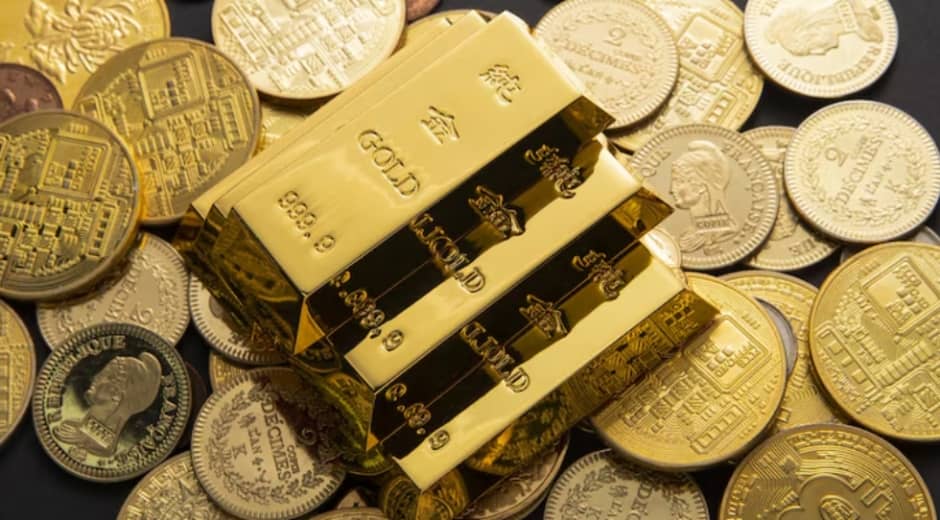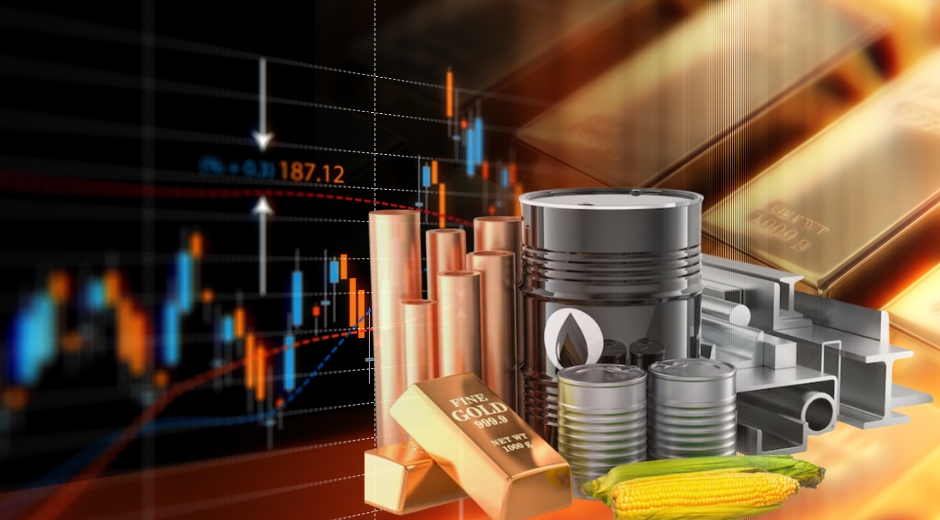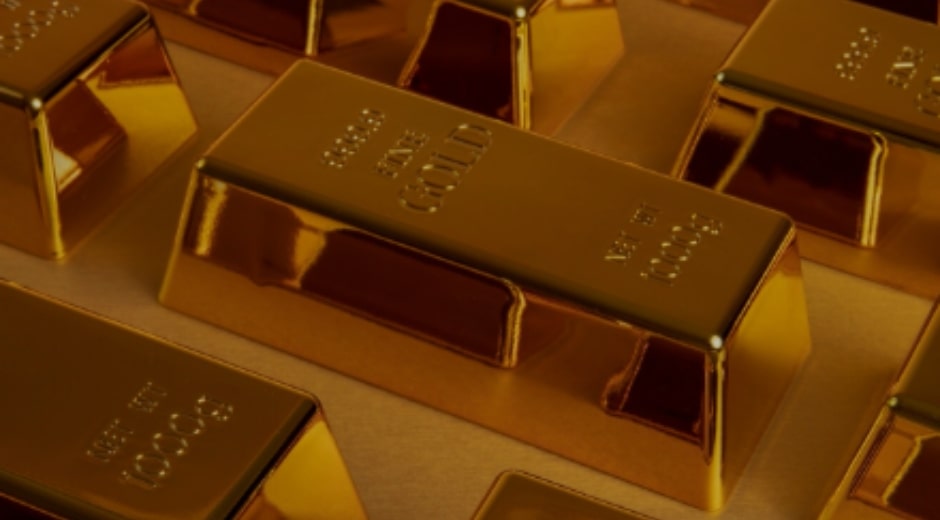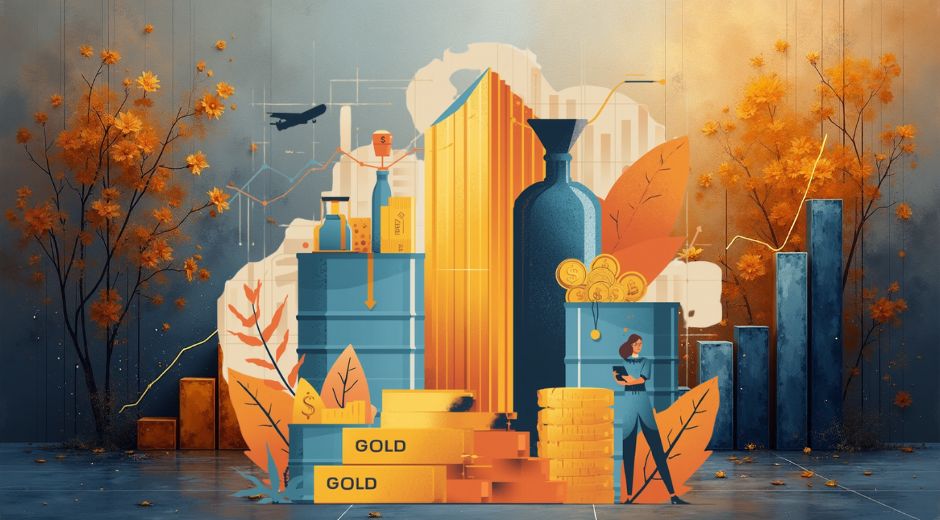Why the Silver Squeeze Is Finally About to End in 2025, Analyst Says
Over the past several years, the silver squeeze has been one of the most fascinating case studies in modern financial history. Inspired by the retail-driven rallies of GameStop and AMC in 2021, the movement aimed to expose and counter perceived market manipulation in precious metals. Enthusiastic investors across online forums encouraged mass buying of physical silver coins, bars, and exchange-traded funds, hoping to force institutional players to cover short positions and drive prices sky-high. For a while, the excitement was impossible to ignore — mainstream outlets like Forbes and Bloomberg covered the phenomenon as it unfolded.
Yet, as we enter 2025, many experts now argue that the silver squeeze is finally coming to an end. The movement that once promised a revolution in precious metals pricing is giving way to the realities of global supply chains, central bank policy, and cooling retail enthusiasm. In this in-depth analysis, we’ll examine the history of the squeeze, the reasons behind its apparent decline, and what long-term investors should take away from the episode.
1. The Origins of the Silver Squeeze
The roots of the silver squeeze stretch back decades, as silver has long been at the center of manipulation theories and speculative surges. From the Hunt brothers’ attempt to corner the silver market in 1980 to recurring claims of price suppression by large banks, silver has always attracted conspiracy and excitement. What made the 2021–2022 episode different was the speed and scale of coordination. Fueled by social media platforms, tens of thousands of retail investors collectively bought silver ETFs and physical bullion, briefly driving premiums to record highs. The idea was simple: force a short squeeze, expose the system, and reap enormous profits.
2. Why Analysts Believe the End Is Near
By 2025, several market forces have aligned to cool the flames of the silver squeeze. While silver remains an important industrial and financial asset, the extraordinary hype has faded. Key reasons include:
- Greater supply availability: Mining projects in Latin America, particularly Mexico and Peru, have increased production, easing fears of shortages.
- Lower retail participation: Demand for physical silver coins and bars has normalized, with premiums falling compared to the frenzy years.
- Decreased short exposure: Large institutions have reduced their short positions, eliminating the fuel needed for a classic squeeze.
- High interest rates: Central bank tightening has increased the opportunity cost of holding silver, which yields no income.
As Reuters recently reported, silver demand growth has slowed even as industrial applications remain solid, pointing to a more balanced market outlook.
3. Institutional Adjustments and Transparency
Institutions learned quickly from the volatility of the silver squeeze. Many have improved disclosures, diversified exposures, and reduced speculative positions. Regulators have also tightened oversight of commodity trading. This shift has reduced the likelihood of sudden short squeezes and restored a more stable trading environment. While retail investors remain active, they no longer wield the same collective shock power as in the early days of the squeeze.
4. Industrial Demand: Strong but Stable
Silver continues to play a critical role in industries like solar energy, electronics, and medical technology. However, the industrial demand story is now better understood and already priced into market expectations. Analysts expect silver demand to remain steady, but without the explosive growth narrative that once supported the silver squeeze. Investors who hoped industrial growth would ignite another price surge must now recognize that the market is adapting to these new realities.
5. The Psychology of the Squeeze
Perhaps the most important element of the silver squeeze was psychology. It wasn’t just about profits; it was about fighting perceived injustice and “sticking it” to Wall Street. By 2025, that narrative has lost steam. Online communities that once fueled mass buying campaigns have fragmented, and many retail traders have shifted focus to other assets such as Bitcoin, artificial intelligence stocks, and alternative commodities. Without the collective narrative, the silver squeeze simply cannot maintain momentum.
6. Geopolitical and Global Influences
Global events also shaped the trajectory of the silver squeeze. Trade policies, mining labor strikes, and energy prices all influenced silver markets in the early 2020s. By 2025, however, supply chains have stabilized, and geopolitical risks are more evenly distributed. While geopolitical shocks can still cause volatility, they are unlikely to reignite the kind of frenzy seen during the height of the squeeze.
7. Silver Price Outlook for 2025
Looking ahead, analysts expect silver to remain an important portfolio component, but not the source of outsized, rapid gains that many squeeze participants hoped for. The most likely scenario is a trading range where silver benefits from inflation hedging and industrial growth, but without breaking dramatically higher. Instead of silver surging to $100 or more per ounce as predicted by some enthusiasts, most forecasts suggest modest appreciation within a realistic band.
8. Investor Strategies Moving Forward
For investors, the key takeaway is not to abandon silver, but to reset expectations. Strategies include:
- Using silver as a hedge within a diversified portfolio, rather than a primary growth driver.
- Mixing silver with other real assets, equities, and inflation-protected bonds.
- Considering both ETFs for liquidity and physical silver for long-term wealth insurance.
- Studying related areas of investment discipline, such as our effective learning strategies guide, which stresses planning and structure in decision-making.
9. Broader Lessons of the Silver Squeeze
The silver squeeze teaches valuable lessons about markets, psychology, and collective action. While online narratives can temporarily influence prices, fundamentals eventually reassert themselves. For many retail traders, the squeeze served as a crash course in market dynamics. Going forward, investors are likely to apply these lessons to other markets, from commodities to digital assets. For broader discussions and business insights, visit Business Forum Hub.
Conclusion
The silver squeeze was a defining moment of the early 2020s, showcasing the power of collective retail action and the vulnerabilities of institutional players. But by 2025, analysts agree that the phenomenon has run its course. Silver remains a valuable asset, but not the explosive, system-shaking trade it once was. For long-term investors, the lesson is clear: treat silver as part of a diversified, disciplined strategy — not as a one-way ticket to overnight riches.
Education Made Simple

Commodities Unlocked: Why Gold, Oil, and More Still Matter in Modern Portfolios
Discover how exchange-traded funds (ETFs) are revolutionizing investing. Learn about thematic ETFs, diversification, risk factors, and strategies for smarter portfolio building.

Crypto Reimagined: How Digital Assets Are Reshaping Global Finance
Discover how exchange-traded funds (ETFs) are revolutionizing investing. Learn about thematic ETFs, diversification, risk factors, and strategies for smarter portfolio building.
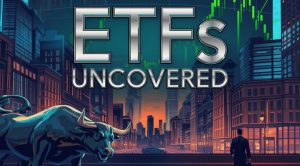
ETFs Uncovered: How Exchange-Traded Funds Are Changing Investing 2025
Discover how exchange-traded funds (ETFs) are revolutionizing investing. Learn about thematic ETFs, diversification, risk factors, and strategies for smarter portfolio building.

Investing in Disruption: Stocks Poised for the Next Big Leap
In a landmark move for the AI industry, Nvidia and OpenAI have announced a $100 billion strategic partnership to build at least 10 gigawatts of AI data center capacity.
